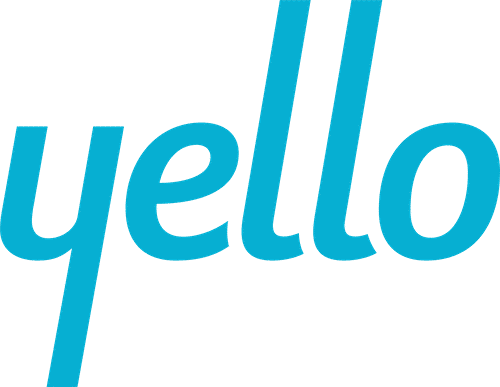Maybe your talent acquisition goals for 2020 include investing further in your organization’s campus recruitment strategy. Or perhaps you’re hoping to improve operational efficiency, review your organization’s diversity recruiting efforts or hire new team members.
Whatever your recruitment objectives for the year, this recruiting checklist will help you re-focus your team, attract and engage candidates and win top talent.
Director of Talent Acquisition Recruiting Checklist
Attract
Update your job descriptions
A well-crafted job description is the key to attracting top talent. And if you’re hoping to attract Generation Z and millennial candidates to your organization, you’ll need to use language that connects with them. If your job postings haven’t been touched in years, it might be time to dust them off.
Consider updating written descriptions to incorporate modern best practices, and include non-traditional components like a company culture video, quotes from hiring managers and a 30/60/90 day plan.
Pro tip: The Yello Recruiting Study reveals that Generation Z applicants are more invested in their job duties and responsibilities than previous generations. Make sure your job descriptions highlight the impact a new employee will have on your company, and how they’ll fit into your overall business strategy.
Streamline your recruitment events strategy
Campus recruitment today isn’t what it used to be. Employers can no longer expect to attract young talent by merely showing up at a career fair with flyers, expecting students to flock to them. And with advances in recruiting software, it’s easier than ever to execute a successful recruitment event.
If you’re still accepting paper resumes during hiring events, it’s time to improve your candidate data collection process, improve career fair ROI and speed up time-to-hire.
Pro tip: Keep tabs on your campus recruiting efforts with this downloadable spreadsheet, complete with the most important KPIs your team should be measuring.
Engage
Re-engage passive candidates
Your next great hire may have already applied for a role at your company. Mine your existing talent pipeline to re-engage with candidates you passed up before, but might be a good fit for current open roles. If you don’t yet have a robust talent community, review past LinkedIn messages, emails or job board portals to identify passive candidates who have already expressed interest in your organization.
Pro tip: Develop a candidate communication process that will keep your company top of mind all year long, even when you’re not hiring roles immediately. Send automated monthly emails that include new position postings, company updates, job fairs or industry events you are hosting, as well as invitations to follow your organization on social media.
Advance
Implement video interviewing
For employers with high-volume hiring needs, the in-person interview process can be costly, time-consuming for the hiring team, and may require travel for candidates. Eliminate first-round on-site interviews in exchange for video interviews to avoid hiring delays. Give candidates the option to self-schedule, and send pre-recorded questions so that applicants can interview at a time and location that’s convenient for them. Pre-recorded video interviews also allow hiring managers to review candidate responses on demand.
Pro tip: Review the interview process quarterly to make sure your interview checklist is efficient. With every step that slows you down, you risk losing top talent.
Retain
Review your onboarding process
Employee onboarding isn’t just about paperwork. It’s about setting up new hires for long-term success by embedding them into company culture, ensuring job role clarity and maintaining a consistent employee experience. If you don’t have a new hire onboarding checklist, now is the time to implement one.
Pro tip: No need to start from scratch. Download this onboarding checklist template to properly welcome new hires to your team.
Update Your internship program
If executed well, your internship program can be your best source for filling entry-level positions down the road. Improve your intern conversion rate by tasking interns with real projects that will generate results. Develop a formal onboarding process to learn about each intern’s specific goals and create a tactical plan to accomplish them. Check in regularly to ensure interns are receiving the guidance they need.
Pro tip: Interns and campus hires can be great advocates for your employer brand, and can help you source your next hire. Give recently hired students the tools they need to become employer brand ambassadors on social media, and ask them to participate in your organization’s employee referral program.
For maximum recruiting success, revisit this checklist throughout the year. If you notice that you start to revert back to old habits slow down the hiring process, review the tips and re-adjust your processes to ensure that your talent acquisition team is running efficiently.



